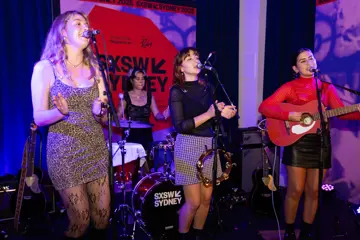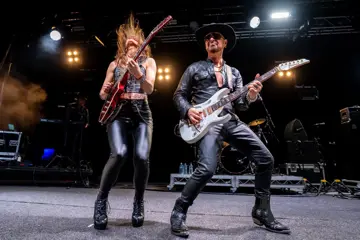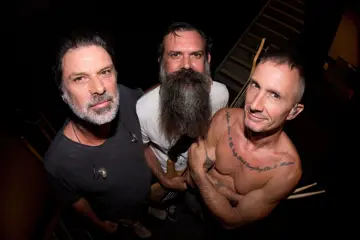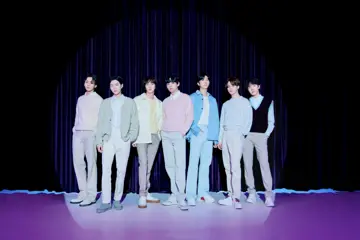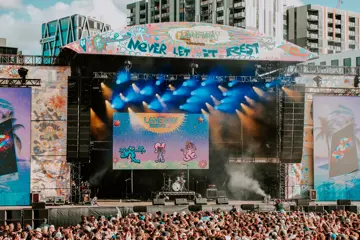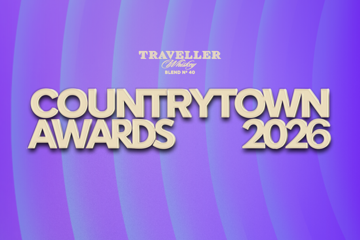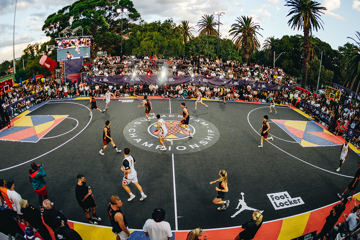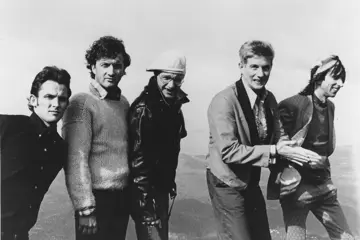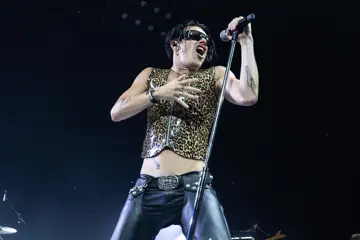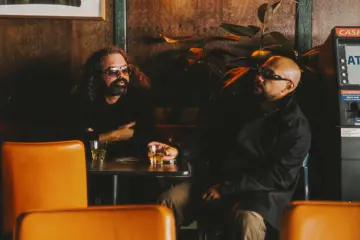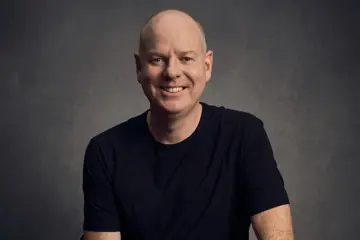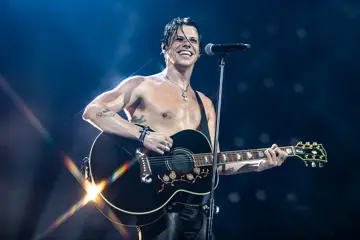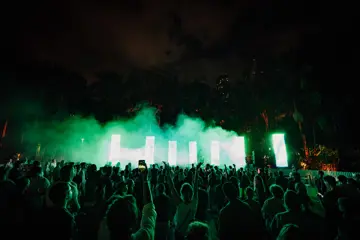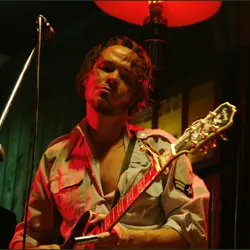 Hugo Race
Hugo Race“Initially I was going down to Catania, Sicily, to record with the musicians from The True Spirit that live in Berlin.” Hugo Race, perhaps Australia's most widely travelled – as well as prolific – independent artist, is explaining how he came to record No But It's True, an eclectic collection of covers of some of his favourite love songs; biult from just a voice, a guitar and the core melody. “One of them had some kind of crisis. I don't remember right now, but it was something very dramatic that no one could have foreseen, but it scuppered all the plans. I knew about two weeks in advance, so I had two weeks to either cancel the whole thing or to come up with a slightly different idea as to what I was going to do in the studio.
“I can't quite remember how it came together, but it came together quite quickly – this idea of doing a record of cover versions, but not just doing random songs that I happen to like personally; I wanted to do something with a conceptual theme around it. Not like a concept album, just something that linked all the songs together. I talked to a few people about this whole conundrum that I was in – with a studio and no album to record – and from our conversations, that's what came out. I also kicked around the track selection with a number of people – with Cesare [Basile] who produced it with me and with Alannah Hill, who did the cover – and basically the three of us selected the songs that are on the record.”
Race started out gigging around Melbourne in the late '70s with a band called Plays With Marionettes and met Nick Cave when his band supported The Birthday Party on its last Australian tour. Cave was already looking at life post-The Birthday Party and he and Race eventually started working on what became the From Her To Eternity album, the first Bad Seeds album, and Race found himself a member of that lauded group. Far too independent in spirit, he soon moved on, set up The Wreckery and The True Spirit, recorded, toured the world and added more and more recording and musical projects as he went along, which is how he met Basile.
“Cesare and I first met in Berlin back in 1991. He had his first kind of punk rock band and then came up from Sicily, and they were squatting down the road. They had set up a rehearsal studio, and The True Spirit didn't have anywhere to rehearse at that point, so that's where we got to know each other a little bit. When I started hanging out in Sicily, or semi-living there, he wanted to do his first solo record, so I produced it with him and we got to know each other very well. And then we'd occasionally do collaborations on some of his other records, 'cause he's made about seven or eight records on his own.”
Don't miss a beat with our FREE daily newsletter
While the overarching connecting tissue for No But It's True might be this crazy little thing called love, the 11 songs that made the final cut couldn't be more diverse. It ranges from the jazz classic Cry Me A River, originally a hit for Julie London in the mid '50s, through to Bruce Springsteen's I'm On Fire and Leonard Cohen's A Thousand Kisses Deep to the 13th Floor Elevators' She Lives (In A Time Of Her Own) and, would you believe, Silent Night?
“A couple of the songs I did as requests for friends of mine, and actually Alannah's specific request was Silent Night. Because of the songs on the record – they also talk about very traumatic loves and some very fucked-up loves – I think that having that song last is a kind of epilogue to the record where you could read to be spiritual love, but it's also a little bit like love is in everything, which,” Race laughs, “is a further twist.”
Race though has played quite a few cover versions over the years. “I've covered Captain Beefheart for example before, and I've covered Daniel Johnston and I've covered a lot of old blues – Lightnin' Hopkins and John Lee Hooker and Robert Johnson and lot of that kind of material which, harmonically and melodically, is quite brutal. Some of the songs that I tried out for this record, I don't know, they come more from pop or from jazz maybe, and a lot of those songs didn't really allow themselves to be broken down into something that you could perform alone, 'cause that was the criterion – they had to be something that you could just pick up a guitar or a piano and play immediately without having to think too much about it.”
Race learnt about forty songs for the record and recorded about sixteen. “So about twenty of them didn't really work out and of the sixteen, about three of them didn't make it past the mix – they weren't moving enough, they didn't capture the essence of the song – so we had to abandon a few things,” Race outlines.
“And Cesare has a very good bullshit detector. We needed an excellent bullshit detector for No But It's True because if the renditions of the songs. If they weren't quite right, it would be a little disastrous because we'd be wandering into something that was truly kitsch. So one of Cesare's main functions with this record was, after I'd done a take, he'd just say something devastating, like, 'That was as corny as hell,' or something like that,” he laughs. “Because we're old friends, I'd accept that of course, and we'd all have a bit of a laugh about it. And I think that was quite important because recording these songs wasn't always that easy. Doing a track like, for example, Never, Never Gonna Give Ya Up, by Barry White, it was very important to get the right spin on that because it's one of those very, very famous songs that have got a lot of, kind of, how can I say... slightly negative associations for some people. They don't for me, but this is the interesting thing about these very famous love songs – a lot of people either love them or hate them – and that was also a point of interest to me, why I wanted to have a go at those songs. As I say, there were some songs that didn't make it in the end, so it was always on a bit of a knife edge if we could pull things off or not.”

